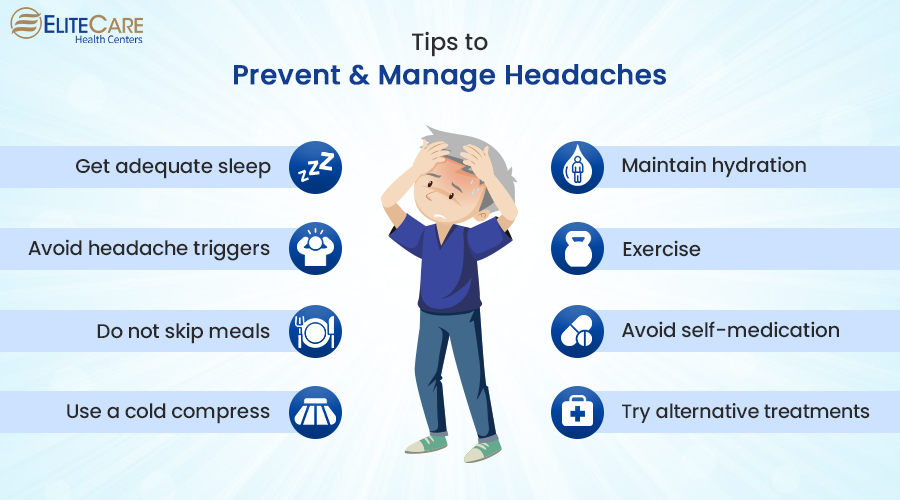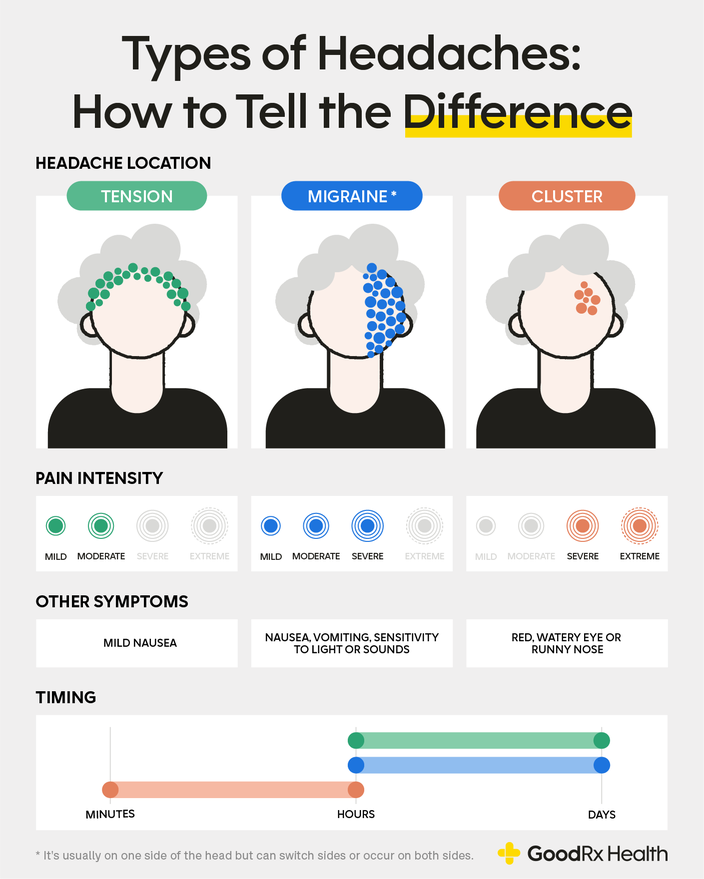Discover the 5 simple steps to ease tension headaches and finally find relief from the pain you’ve been enduring.
Table of Contents
- Introduction: What Are Tension Headaches?
- Step 1: Identifying a Tension Headache
- Starting With Stress Relief
- Headache Remedies at Home
- Daily Habits for Migraine Prevention
- When to See a Doctor
- Keeping a Headache Diary
- Learning and Practicing Good Posture
- Fun Activities to Reduce Headache Risks
- Conclusion: A Headache-Free Future
- FAQs: Questions Kids Might Ask
Introduction: What Are Tension Headaches?
Have you ever had a headache that feels like a tight band squeezing your head? That’s what we call a tension headache. It’s different from a migraine, which usually comes with pulsing or throbbing pain. Understanding tension headaches is essential to know how to prevent them before they start. Let’s dive into what tension headaches are all about and why it’s crucial to learn how to manage and relieve them.
Tension headaches can be annoying and uncomfortable, but with some simple steps, you can learn to ease the pain and even prevent them from happening. Let’s explore how you can take control and say goodbye to those pesky tension headaches!
Step 1: Identifying a Tension Headache
When it comes to dealing with headaches, the first step is to identify what type of headache you are experiencing. One common type is a tension headache. But how can you tell if you have a tension headache?
Symptoms of Tension Headaches
Tension headaches often feel like a tight band is squeezing around your head. You might feel a dull ache on both sides of your head or at the back of your neck. Your head might also feel sensitive to touch. These headaches can last for a few hours or even several days.
Other symptoms of tension headaches may include:
- Feeling like your head is heavy
- Mild to moderate pain in your head or neck
- Trouble focusing or concentrating
- Tenderness in your scalp, neck, or shoulder muscles
If you’ve noticed any of these symptoms, you may be experiencing a tension headache. It’s essential to pay attention to how you feel and seek remedies to help manage the pain and discomfort.
Starting With Stress Relief
When it comes to managing tension headaches, one of the key steps is starting with stress relief. Stress can often be a trigger for headaches, so finding ways to relax and unwind can make a big difference in preventing them. Let’s explore some easy relaxation techniques that are simple and suitable for kids.

Image courtesy of www.elitecarehc.com via Google Images
Fun Relaxation Techniques
1. Deep Breathing: One effective way to calm both your mind and body is by practicing deep breathing. Close your eyes, take a slow breath in through your nose, hold it for a few seconds, and then exhale slowly. Repeat this a few times until you feel more relaxed.
2. Visualization: Another fun technique is visualization. Imagine a calming place, like a peaceful beach with gentle waves or a cozy hammock in a quiet garden. Picture yourself in this serene setting and focus on the details to help your mind drift away from stress.
Incorporating these simple relaxation techniques into your daily routine can be a great way to start managing stress and, in turn, reducing the frequency of tension headaches. Stay tuned for more strategies to keep those headaches at bay!
Headache Remedies at Home
When a tension headache strikes, there are simple methods you can try at home to help ease the pain without relying on medication. These natural remedies can provide relief and comfort, allowing you to feel better quickly.
Natural Pain Relief Methods
One effective way to alleviate the discomfort of a tension headache is by using a warm compress. You can easily create a warm compress by soaking a clean cloth in warm water and gently placing it on your forehead or the back of your neck. The warmth can help to relax tense muscles and soothe the throbbing sensation often associated with headaches.
In addition to a warm compress, you can also try gentle massage to ease the tension in your head and neck. Using your fingertips, apply light pressure in circular motions on your temples and the base of your skull. This gentle massage can help increase blood flow and reduce the tightness that contributes to headache pain.
Another helpful remedy is staying hydrated by drinking plenty of water. Dehydration can often trigger headaches, so making sure you are well-hydrated throughout the day can help prevent tension headaches from occurring. Opting for water over sugary or caffeinated beverages can also support overall headache prevention.
By utilizing these natural pain relief methods at home, you can combat the discomfort of tension headaches in a safe and effective way. Remember that consistency is key, so try these remedies regularly to find what works best for you and brings you relief.
Daily Habits for Migraine Prevention
When it comes to preventing tension headaches and reducing the risk of migraines, making some simple daily habits a part of your routine can truly make a difference. Let’s explore some healthy life choices that could help keep those headaches at bay!

Image courtesy of www.healthline.com via Google Images
Healthy Life Choices
First and foremost, ensuring that you have regular sleep patterns can play a significant role in preventing tension headaches. Aim to get around 8-10 hours of sleep each night to give your body and mind the rest they need to function well and keep headaches away.
Staying properly hydrated is another crucial habit that can help prevent headaches. Make sure you’re drinking enough water throughout the day, as dehydration can sometimes trigger headaches. Keep a water bottle handy and take sips frequently to stay hydrated.
Engaging in physical activity on a regular basis is also a great way to reduce the risk of headaches. Exercise not only helps keep your body healthy but can also alleviate stress, which is a common trigger for tension headaches. Whether it’s playing a sport, dancing, or going for a walk, find activities you enjoy and make them a part of your daily routine.
When to See a Doctor
While most tension headaches can be managed at home with simple remedies and relaxation techniques, there are times when it’s important to seek medical attention. Here are some warning signs to watch for:
Warning Signs to Watch For
If you experience a headache that is unusually severe and does not improve with rest or over-the-counter pain relievers, it may be a sign that something more serious is going on. Other symptoms to look out for include:
| Step | Description |
|---|---|
| 1 | Take a break: Step away from your work or screen for a few minutes and relax your mind and body. |
| 2 | Practice deep breathing: Inhale deeply through your nose and exhale slowly through your mouth to relax your muscles and ease tension. |
| 3 | Stretch your neck and shoulders: Gently stretch these areas to release tension and improve blood flow. |
| 4 | Stay hydrated: Dehydration can contribute to headaches, so drink plenty of water throughout the day. |
| 5 | Apply a cold compress: Place a cold pack on your forehead or neck for 15-20 minutes to reduce inflammation and soothe headaches. |
- Headaches that occur more frequently than usual
- Headaches that are accompanied by dizziness or confusion
- Headaches that are triggered by physical exertion or exercise
- Headaches that disrupt your sleep or daily activities
If you notice any of these warning signs or if you have concerns about your headaches, don’t hesitate to talk to a parent or guardian about scheduling a visit to the doctor. It’s important to remember that seeking medical help when needed is an important part of taking care of your health.
Keeping a Headache Diary
Sometimes, it can be helpful to keep track of things to better understand them. That’s where keeping a headache diary comes in handy! This is like a special notebook where you write down information about your headaches.

Image courtesy of www.goodrx.com via Google Images
You can jot down when your headaches happen, what you were doing before they started, and even what made them feel better. This can help you and your parents or doctor figure out patterns and possible causes of your headaches.
Learning and Practicing Good Posture
In order to prevent tension headaches, it’s crucial to understand how poor posture can contribute to these painful experiences. When you slouch or hunch over, it can strain your neck and shoulder muscles, leading to tension headaches. By learning and practicing good posture, you can help alleviate these pains and maintain a healthy body.
Simple Posture Exercises
One way to combat poor posture is by engaging in simple exercises that strengthen your back muscles and improve your overall posture. Here are a few exercises you can try:
- Shoulder Blade Squeeze: While sitting or standing, squeeze your shoulder blades together as if you are trying to hold a pencil between them. Hold for 5 seconds and then release. Repeat 10 times.
- Chin Tucks: Sit up straight and gently tuck your chin towards your chest, as if making a double chin. Hold for a few seconds and then relax. Repeat 10 times.
- Wall Angels: Stand with your back against a wall and slowly slide your arms up and down the wall in a “snow angel” motion. This helps to improve shoulder and upper back mobility.
By incorporating these exercises into your daily routine, you can train your body to maintain good posture and reduce the risk of tension headaches. Remember, practicing good posture not only benefits your physical health but also helps in stress relief and headache prevention.
Fun Activities to Reduce Headache Risks
When it comes to preventing tension headaches, engaging in enjoyable activities can also play a significant role in reducing the risk of these painful headaches. By finding time to unwind and have fun, you can lower stress levels and potentially decrease the frequency of tension headaches.

Image courtesy of www.pinterest.com via Google Images
Arts, Crafts, and Music
One way to relax and reduce the chances of tension headaches is to immerse yourself in creative activities such as arts, crafts, or music. These activities can be not only fun but also therapeutic, helping to distract your mind from stressors and promoting a sense of calm.
Whether you enjoy painting, drawing, knitting, or playing a musical instrument, finding a creative outlet that you love can be a great way to unwind and decompress after a long day. Sometimes, all it takes is a little creativity to alleviate built-up tension and prevent headaches from occurring.
Conclusion: A Headache-Free Future
By following the steps outlined in this guide, you can take control of your tension headaches and pave the way for a headache-free future. Remember, stress relief and relaxation techniques play a crucial role in managing and preventing headaches. It’s essential to listen to your body, adopt healthy habits, and prioritize self-care to keep those headaches at bay.
Make sure to practice good posture, engage in fun activities that help reduce stress, and seek medical attention when needed. Tracking your headaches in a diary can also provide valuable insights into potential triggers and effective remedies. With these tools in your arsenal, you’ll be better equipped to tackle tension headaches head-on.
FAQs: Questions Kids Might Ask
Can I still play video games if I have a headache?
It’s essential to give your eyes and head a break from screens, especially when you have a headache. While video games can be fun, taking breaks and limiting screen time may help prevent or ease headaches. It’s a good idea to balance your playtime with outdoor activities or other hobbies to give your eyes a rest.
How much water should I drink to help prevent headaches?
Drinking water is vital for your overall health, including preventing headaches. As a general rule, aim to drink about 6-8 cups of water each day, but remember that everyone’s needs are different. Pay attention to your body—if you feel thirsty or your urine is dark yellow, it’s a sign you need more water. Staying hydrated can go a long way in preventing headaches!
What foods might trigger a headache?
Some foods can indeed trigger headaches in some people. Foods like chocolate, aged cheeses, processed meats, and foods that contain MSG (common in some fast foods) are known to be potential triggers. It’s also helpful to eat regular, balanced meals and avoid skipping meals, as low blood sugar can also lead to headaches. Keeping a food diary may help you identify which foods are more likely to cause your headaches.





